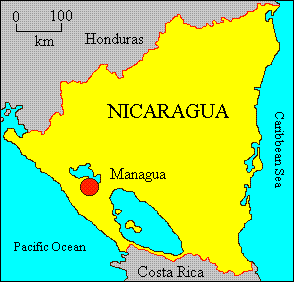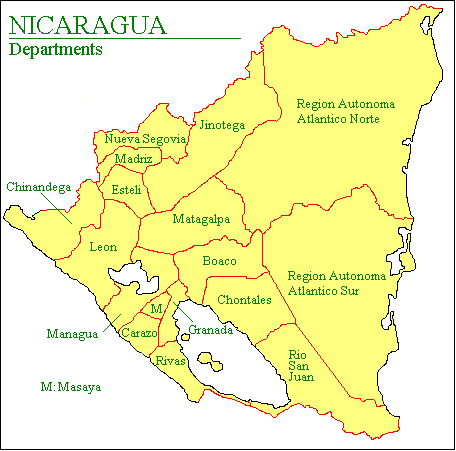|
|
helpful, reliable, trustworthy |
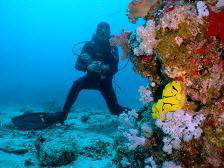 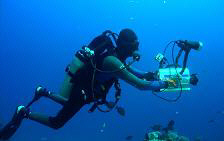  |
|||||||||||||||||
|
|
|
|
|
|||||||||||||||
 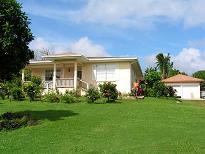 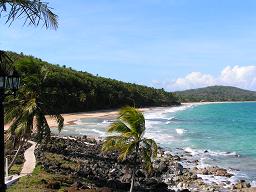 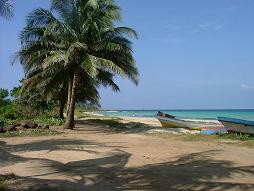 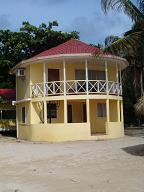 |
|||||||||||||||||||
|
helps you to invest in Nicaragua's Caribbean Islands and Coast |
|||||||||||||||||||
|
Corn Islands For Sale For Rent
Caribbean Coast
Mainland
|
Ethnicity:
Two-thirds of the population are of Mestizo (mixed Amerindian
and European) descent. About 20% are of European (mainly
Spanish) descent, and about 10% are of African descent. There
are small Amerindian minorities on the east coast.
|
||||||||||||||||||
|
|
Capital:
Managua
|
Political history
Nicaragua was brought under Spanish rule in the early 15th
century and became part of the captaincy-general of Guatemala.
In 1821 the region became independent when Spanish rule ended,
and Nicaragua became part of the United Provinces of Central
America. In 1838 the federation was dissolved and Nicaragua
became independent. Like the other Central American states,
Nicaragua was ruled through the 19th century by a small European
minority, and there were frequent revolutions and struggles
between Liberals and Conservatives.
In 1893 the Liberal leader José Santos Zelaya became president,
and carried out major reforms before being overthrown in 1909.
The resulting conflict led to American intervention in 1912. The
US occupation continued until 1925, and left-wing guerillas led
by Augusto Sandino continued resistance until 1928. In that year
Sandino agreed to a peace treaty with General Anastasio Somoza
García, but in 1934 Sandino was assassinated and Somoza made
himself dictator.
Somoza ruled directly or indirectly with American patronage (it
was Somoza of whom Franklin D Roosevelt said, "He may be a son
of a bitch, but he's our son of a bitch."). He was assassinated
in 1956, and was succeeded by his son Luis Somoza Debayle. In
1967 Luis was in turn succeeded by his brother Anastasio Somoza
Debayle. In 1978 a revolt against Somoza's rule broke out, and
in 1979 the dictator fled and the Sandinist National Liberation
Front came to power led by Daniel Ortega Saavedra, who became
President.
The new regime at first enjoyed broad support, but the SNLF's
evident intent to create a communist state led to armed
opposition (the Contras), armed and supported by the United
States. Civil war raged until 1990, when there was a ceasefire
and elections, in which Ortega was defeated by Violeta Barrios
de Chamorro.
Since 1990 Nicaraguan politics have been dominated by the
conservative Constitutional
Liberal Party which has defeated the
Sandinist National
Liberation Front at three successive presidential elections
and holds a majority in the legislature.
For more informations about Nicaragua please visit the world factbook
Copyright 2005 - 2022 by Caribbean Dream Realty
